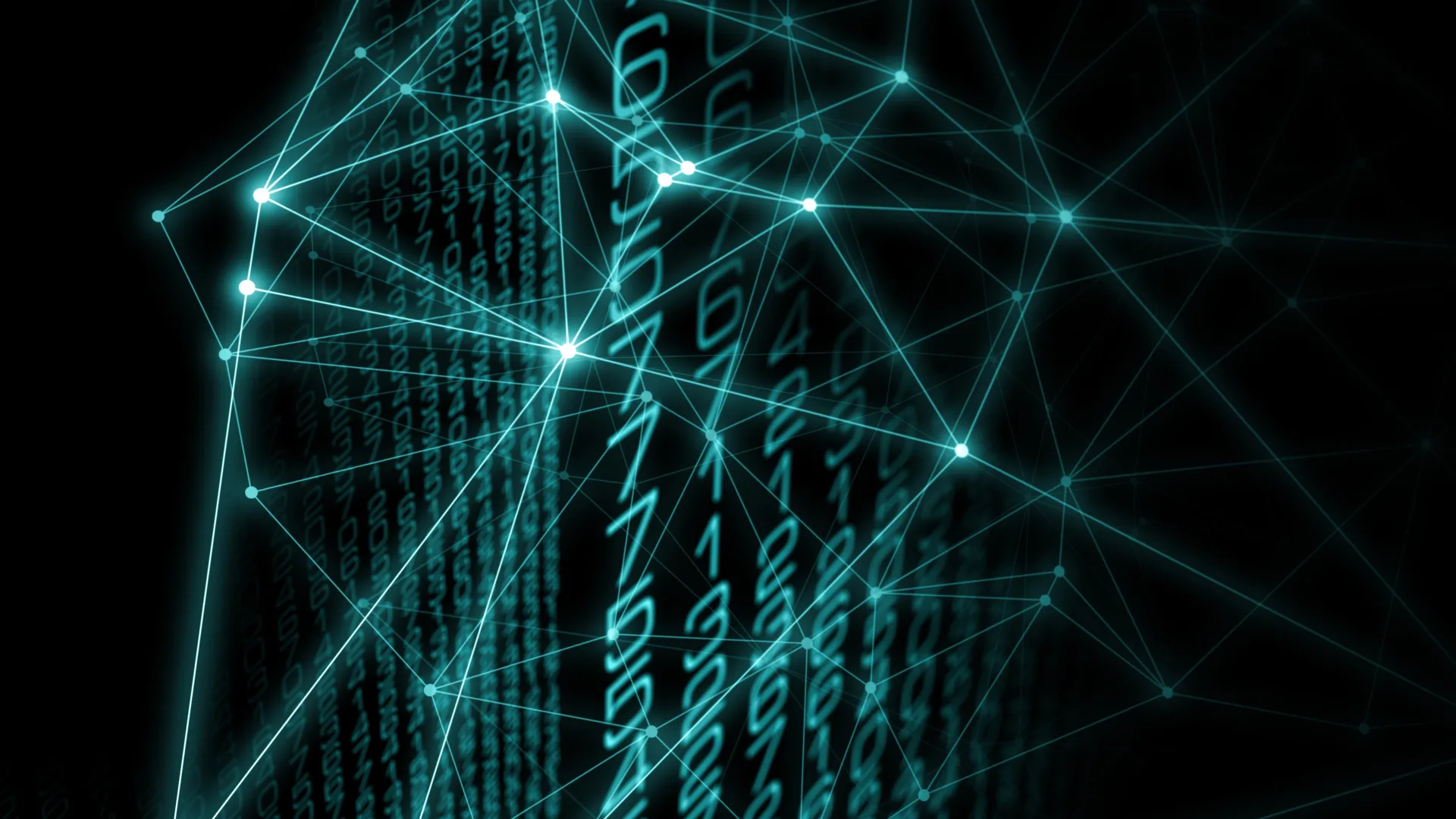Scientists Unlock True Randomness with Entangled Photons in Quantum Dice

Harnessing Quantum Mechanics for True Randomness: The Colorado University Randomness Beacon
The Importance of Randomness in Decision-Making and Security
Randomness plays a crucial role in various aspects of life, from making fair decisions through methods like drawing straws or flipping coins to ensuring unbiased selections in auditing processes. In the realm of security, the unpredictability of random numbers is vital; a complex password or code is significantly more challenging to breach. Modern cryptographic systems rely heavily on random number generators to create secure encryption keys.
- The Importance of Randomness in Decision-Making and Security
- Understanding True Randomness vs. Pseudo-Randomness
- Quantum Mechanics: A New Frontier in Randomness
- Introducing CURBy: A Public Quantum Randomness Service
- The Mechanics of the Bell Test
- Achievements and Innovations in Quantum Randomness
- The Process of Generating Quantum Randomness
- Ensuring Transparency and Security with the Twine Protocol
- A Public Resource for Randomness
Understanding True Randomness vs. Pseudo-Randomness
A pressing question arises: how can one ascertain that a random number is genuinely random? Traditional computer algorithms generate pseudo-random numbers, which can be manipulated or predicted by those familiar with the underlying system. Even seemingly random actions, like a coin flip, can be influenced by subtle biases, making their outcomes potentially predictable.
According to Krister Shalm, a physicist at the National Institute of Standards and Technology (NIST), “True randomness is something that nothing in the universe can predict in advance.” He emphasizes the difficulty in verifying the authenticity of random numbers, even when derived from natural processes.
Quantum Mechanics: A New Frontier in Randomness
Historically, Albert Einstein expressed skepticism about the randomness of nature, famously stating, “God does not play dice with the universe.” However, subsequent scientific advancements have demonstrated that quantum mechanics is inherently random. Shalm and his team have leveraged this quantum randomness through a Bell test, transforming it into a reliable and certifiable random-number service.
“If God does play dice with the universe, then you can turn that into the best random number generator that the universe allows,” Shalm remarked, highlighting the potential for practical applications of quantum randomness.
Introducing CURBy: A Public Quantum Randomness Service
To make quantum randomness accessible, NIST researchers collaborated with the University of Colorado Boulder to develop the Colorado University Randomness Beacon (CURBy). This innovative service automatically generates random numbers and broadcasts them daily via a public website.
At the core of CURBy is the NIST-run Bell test, which yields genuinely random results. This randomness serves as the foundational material that researchers refine into the random numbers made available through the beacon.
The Mechanics of the Bell Test
The Bell test involves measuring pairs of “entangled” photons, whose properties remain correlated even when separated by significant distances. While the measurement of an individual photon is random, the correlation between the two particles exceeds the limits set by classical physics, allowing researchers to validate the randomness. Einstein famously referred to this phenomenon as “spooky action at a distance.”
This service represents a pioneering approach to random number generation, utilizing quantum nonlocality as its source and offering unprecedented transparency. The results are certifiable and traceable, surpassing the capabilities of conventional random number generators.
Achievements and Innovations in Quantum Randomness
NIST conducted one of the first comprehensive experimental Bell tests in 2015, confirming the inherent randomness of quantum mechanics. By 2018, NIST had developed methods to harness these Bell tests to create the world’s first true randomness sources.
However, converting quantum correlations into usable random numbers is a complex task. Initial demonstrations of the Bell test required extensive setup time for limited operational hours, and gathering sufficient data for generating random bits was a lengthy process. Over the past few years, Shalm and his team have worked diligently to enhance the experiment’s robustness, enabling it to operate automatically and provide random numbers on demand. In its initial 40 days, the system achieved a remarkable success rate of 99.7%, generating random numbers 7,434 times out of 7,454 attempts.
The Process of Generating Quantum Randomness
The process begins with the generation of entangled photon pairs within a specialized nonlinear crystal. These photons are transmitted through optical fibers to separate laboratories located at opposite ends of the hall. Upon arrival, their polarizations are measured, yielding truly random outcomes. This measurement process occurs at an impressive rate of 250,000 times per second.
NIST then relays millions of these quantum measurements to a computer program at the University of Colorado Boulder. Through a series of specialized processing steps and stringent protocols, the outcomes are transformed into 512 bits of random binary code (0s and 1s). The result is a set of random bits that defy prediction, even by the likes of Einstein, effectively serving as the universe’s most reliable coin flip.
Ensuring Transparency and Security with the Twine Protocol
To enhance the traceability and verification of the randomness generation process, NIST and its collaborators introduced the Twine protocol. This innovative set of quantum-compatible blockchain technologies allows multiple entities to collaborate in generating and certifying randomness derived from the Bell test. Each data set for the beacon is marked with a hash, akin to a digital fingerprint, enabling precise identification and scrutiny.
The Twine protocol empowers users to verify the underlying data for each random number, as explained by Jasper Palfree, a research assistant on the project. This protocol can expand to incorporate additional random number beacons, creating a collaborative network of randomness that is collectively managed.
By intertwining these hash chains, the protocol establishes a timestamp, linking the beacon’s data into a traceable structure while providing security against data manipulation.
A Public Resource for Randomness
The initiative to transform a complex quantum physics challenge into a public service is what attracted Gautam Kavuri, a graduate student involved in the project. The entire process is open-source, allowing anyone to verify the work and even develop their own random number generators based on the beacon.
CURBy can be utilized in various applications where an independent and public source of random numbers is beneficial, such as jury selection, random audits, or public lottery resource allocation.
“I aimed to create something practical that embodies cutting-edge fundamental science,” Kavuri stated. “NIST fosters an environment where ambitious projects can flourish while delivering tangible benefits.”







